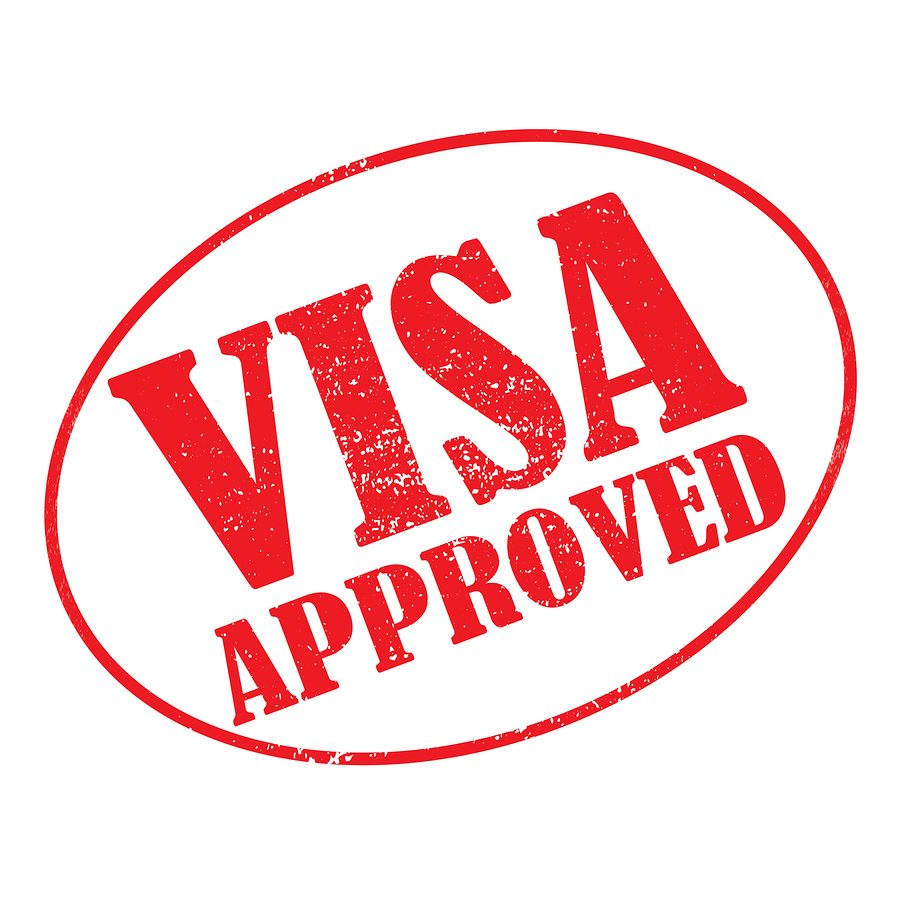Thanks to an open and well-managed immigration system, Canada has developed a reputation over the last few decades as a top destination for talent worldwide.
The country’s strategic immigration policies, which establish guidelines for allowing newcomers and strengthening the country’s social and economic fabric, significantly influence this reputation.
The aging population contributes to severe labor market shortages, so the Canadian government is putting more emphasis on luring in foreign talent to fill skills gaps.
As a result, it unveiled the Immigration Levels Plan for 2024–2026, which sets high goals for improving and stabilizing Canada’s immigration laws.
In this blog, we’ll discuss in detail the breakdown of Canada’s immigration levels plan for 2024-2026, exploring the vital economic programs and the associated application processes.
Key Highlights of the 2024-2026 Immigration Levels Plan
The Immigration Levels Plan, revised every year, acts as a strategic guide for the activities of Immigration, Refugees and Citizenship Canada (IRCC).
It also lays out plans to help non-Canadians integrate and projects the possible economic effects of immigration.
The objectives are to maintain strong immigration admissions emphasizing economic immigrant categories, draw in more French-speaking people, and uphold Canada’s humanitarian efforts for refugees and asylum seekers.
The 2024–2026 Immigration Levels Plan, essential for businesses and stakeholders, signifies numerical targets, a commitment to sustainable growth, and an integrated immigration paradigm as Canada sets off on this strategic journey.
Economic Class
- Objective: Support economic growth and stabilize labor market needs.
- 2024 Target: 281,135 immigrants, representing 58% of the total admissions.
- 2026 Projection: Increase to 301,250 immigrants or 60% of annual admissions.
- Critical Programs include the Express Entry system, which will admit 110,700 permanent residents in 2024 and rise to 117,500 by 2025 and 2026. The Provincial Nominee Programs also aim to recommend 110,000 immigrants in 2024 and increase to 120,000 by 2026, catering to local labor market requirements.
Family Class
- Objective: Facilitate family reunification, a core component of successful integration.
- 2024 Target: 114,000 immigrants, 24% of total admissions.
- 2026 Projection: Increase to 118,000 immigrants.
- Programs: The Spousal, Partner, and Children Sponsorship Program targets 82,000 admissions in 2024, rising to 84,000 for the next two years. The Parents and Grandparents Program aims to welcome 32,000 immigrants in 2024 and 34,000 in 2025 and 2026.
Refugee Class
- Objective: Uphold Canada’s humanitarian tradition by resettling refugees and protected persons.
- 2024 Target: 89,865 immigrants, nearly 19% of total admissions.
- 2026 Projection: Reduce to 80,832 immigrants, representing 16% of admissions.
- Details: This includes resettled refugees, protected individuals, and those accepted for compassionate, humanitarian, or other reasons.
Additional Priorities
- French-Speaking Permanent Residents: Enhancing linguistic diversity by setting strategic goals to increase French-speaking immigrants outside of Quebec from 6% in 2024 to 8% in 2026.
- Sustainability Measures: To ensure the sustainability of the immigration system, the government plans to recalibrate the number of admissions for temporary residents.
Vital Economic Programs
Canadian Experience Class
This program is essential because it allows those with job experience in Canada to apply for permanent residency. This course makes it easier to keep skilled workers who are already positively impacting the economy, which promotes easier workforce integration and continuity.
Start-Up Visa Program
This program is aimed at entrepreneurs worldwide and welcomes creative company owners who can establish companies in Canada that can compete internationally and employ Canadians.
The Start-Up Visa helps talented and enterprising individuals develop novel and creative enterprises in Canada, significantly advancing technological innovation and economic diversification.
Express Entry System
The Express Entry system, which serves as the main engine of economic immigration, handles skilled worker petitions for permanent residence.
The system ranks applicants based on their age, education, language skills, and Canadian job experience to determine a candidate’s likelihood of succeeding in Canada’s labor market.
In addition, the Express Entry program hopes to admit 110,700 permanent residents by 2024; however, more applicants are anticipated in the following years.
Effect on Businesses: Improving Global Development and Mobility Strategies
The goal of Canada’s 2024–2026 Immigration Levels Plan is to facilitate foreign companies seeking to enter the Canadian market by utilizing global mobility.
The plan provides a robust framework for companies exploiting Canada’s dynamic economic environment. It focuses on essential components like the labor market, the Express Entry system, and general economic growth.
Express Entry System: Gateway for Skilled Talent
Express Entry is an essential element of the Canadian immigration system. It simplifies the procedure for drawing in and keeping qualified personnel.
It prioritizes applicants likely to succeed in Canada’s economy based on talents, experience, and educational background.
For companies, this means accessing a pool of highly qualified individuals who have already undergone assessment. These individuals can take on crucial positions in your operations, boosting creativity and productivity.
The method is a desirable alternative for businesses organizing strategic personnel deployments due to its efficiency and predictability.
Labor Market Dynamics: Filling Critical Gaps

The immigration proposal targets Canada’s labor market shortages, notably in technology, healthcare, and engineering, both now and in the future.
The plan ensures that the immigration flow helps to address these vital gaps by matching immigration targets with sector-specific demands. Understanding these dynamics is essential for multinational businesses.
By coordinating your expansion strategy with regions experiencing labor shortages and strong demand, you can maximize the return on your investments and operations in Canada.
Economic Growth: Creating a Prosperous Business Environment
The immigration plan encourages a consistent flow of skilled workers and entrepreneurs, which promotes long-term economic growth. This expansion helps the Canadian economy and foreign companies operating in Canada as they gain from a healthy and growing market.
The sustained economic expansion fueled by strategic immigration creates numerous investment opportunities for foreign enterprises. Businesses can profit from Canada’s economic momentum by partnering with it, making direct investments, or starting new projects.
Structured Immigration Process: Aligning with Economic Priorities
Programs for immigration to Canada are carefully designed to complement the country’s economic objectives. This alignment guarantees that the skills and abilities brought into the country are just what companies require to prosper.
Businesses benefit from the consistency and openness of the immigration process when making plans and decisions.
Knowing the skills and amount of talent anticipated to come to Canada annually can benefit your company in terms of workforce development and strategic planning.
Navigating the Express Entry Application Process for 2024-2026
Assess Your Eligibility
- Initial Assessment: You will begin by answering questions about your age, work experience, language ability, and education. This helps determine whether you meet the minimum requirements for any Express Entry programs.
- Eligibility Tools: Use tools provided by Immigration, Refugees, and Citizenship Canada (IRCC) to check your eligibility online.
Calculate Your CRS Score
- Understanding CRS: If you’re eligible, you’ll enter the Express Entry pool, where you’ll be ranked according to the Comprehensive Ranking System (CRS). This score is crucial as it determines your chances of receiving an application invitation.
- Score Factors: Your CRS score is calculated based on skills, education, language ability, and other factors.
Prepare Your Documents
- Document Checklist: Although you don’t need to upload documents to submit a profile, you’ll need details from certain documents such as:
- Passport or travel document
- Language test results
- Educational credential assessment (if educated outside Canada)
- Additional Requirements: Prepare for further steps by gathering:
- Police certificates
- Medical exams
- Proof of funds
- Birth certificates
Complete Your Express Entry Profile
- Profile Setup: Provide comprehensive information about yourself in your Express Entry profile. If you meet the criteria, IRCC will accept you into the pool of candidates and assign you a CRS score.
- No Guarantees: Entering the pool does not guarantee an invitation to apply for permanent residence.
Receive an Invitation to Apply
- Invitations to Apply: IRCC sends invitations to the highest-ranking candidates in the pool. If you receive an invitation, you will have 60 days to submit a complete application for permanent residency.


